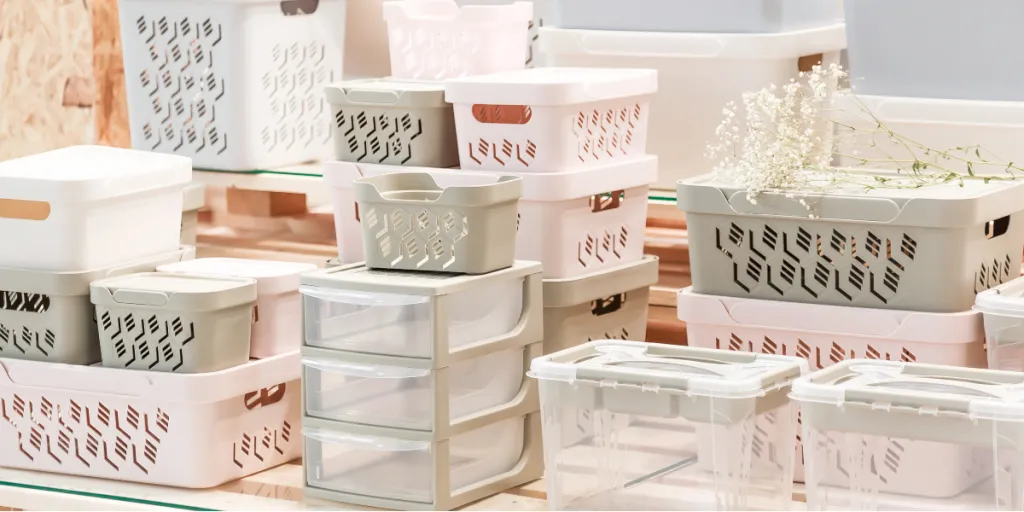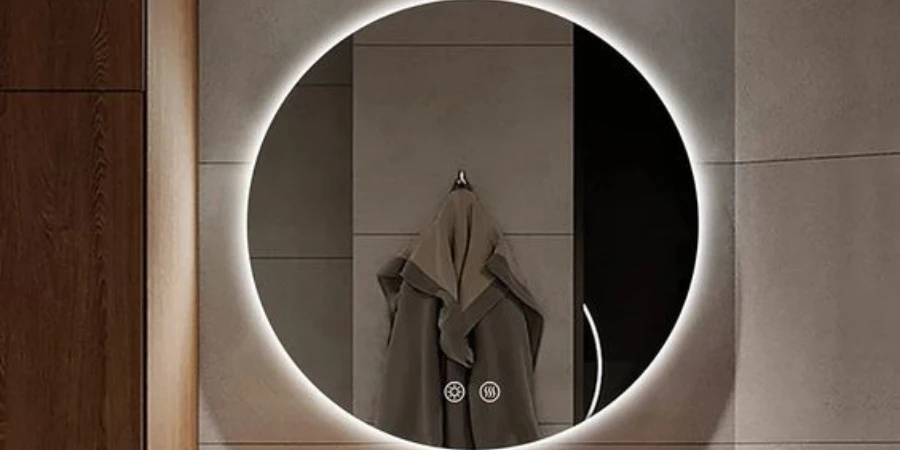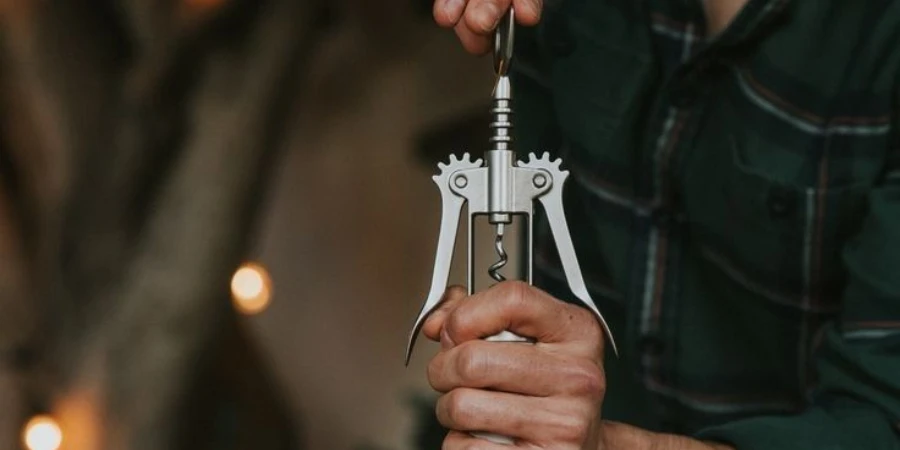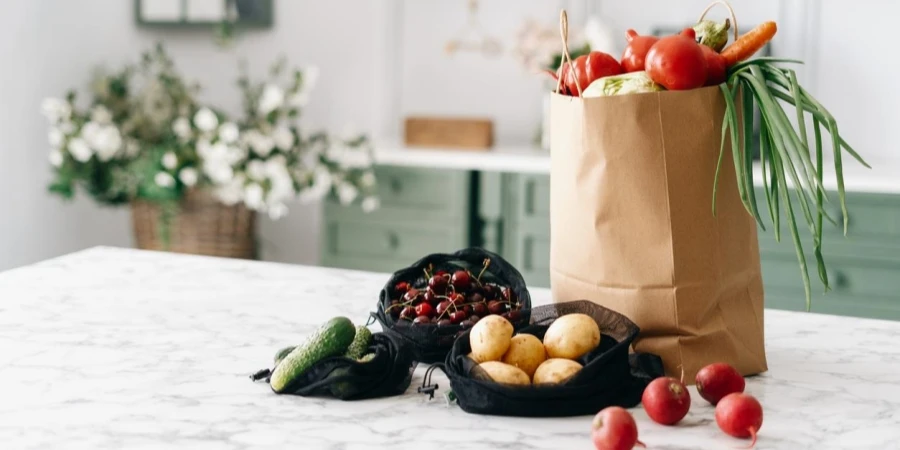In the culinary world, frying pans stand as quintessential tools, integral to both home kitchens and professional culinary arenas. As 2024 approaches, these indispensable kitchen staples are undergoing a transformative evolution, marked by groundbreaking advancements in technology and design. The anticipation is palpable among culinary enthusiasts and professionals alike, eagerly awaiting the unveiling of innovative features that promise to redefine cooking efficiency and versatility. This shift not only mirrors the dynamic nature of culinary trends but also echoes a growing emphasis on sustainable and health-conscious cooking practices. The upcoming trends in frying pan technology for 2024 are set to elevate the cooking experience, blending tradition with modern ingenuity.
Table of Contents:
1. Market overview
2. Key design and material innovations
3. Top-sellers driving market trends
1. Market overview
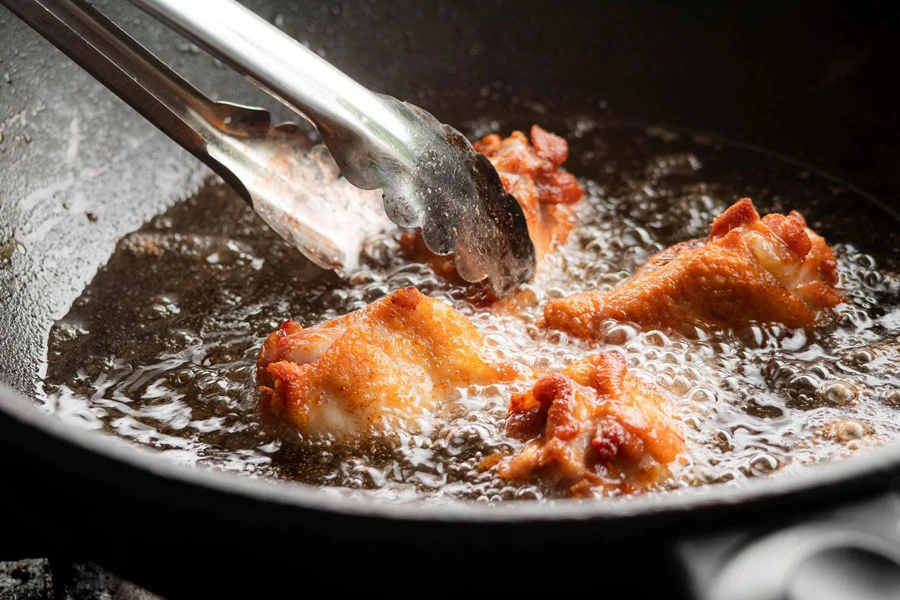
The global market for frying pans is experiencing a significant growth trajectory. As of recent data, the market size and trends point toward a consistent rise in demand and innovation within this segment. In terms of market scale, the frying pans and skillets market was valued at approximately USD 1078.8 million in 2022. This figure underscores the substantial role frying pans play in both residential and commercial kitchens worldwide. Projected to reach around USD 1760.72 million by 2031, the market is set to expand at a Compound Annual Growth Rate (CAGR) of 5.6%. This growth can be attributed to several key factors, including advancements in material technology, a heightened focus on health-conscious cookware, and the growing popularity of sophisticated kitchen appliances. Teflon coated, aluminum coated, and ceramic-coated frying pans are seeing significant growth in demand, driven by their convenience and enhanced cooking capabilities.
In terms of market shares, there is a notable diversification with different materials catering to varied culinary needs and preferences. Nonstick pans, known for their convenience and low-fat cooking capabilities, continue to hold a significant share, especially among health-conscious consumers. Stainless steel and cast-iron pans, appreciated for their durability and high heat resistance, are favored by culinary enthusiasts and professional chefs. On the other hand, ceramic frying pans have carved out a niche due to their aesthetic appeal and environmentally friendly features.

Market dynamics also reflect a strong inclination towards non-toxic cookware products, as health-conscious consumers increasingly opt for safer cooking alternatives. The rise of 100% ceramic frying pans, known for their health safety and efficient heating, is a testament to this trend. Furthermore, the market is seeing an influx of innovative products like frying pans with advanced non-stick coatings and improved heat distribution features, catering to the evolving needs of modern consumers.
2. Key design and material innovations
The realm of frying pans is experiencing a revolution in design and materials, marking a significant leap in cooking performance, durability, and user experience. Innovations in nonstick surfaces are at the forefront of this transformation. Advanced nonstick coatings, as highlighted by Taste of Home, are no longer confined to traditional Teflon. Modern versions, such as those using polytetrafluoroethylene (PTFE), offer improved durability and health safety, reducing concerns over toxic compounds at high temperatures. These coatings facilitate low-fat cooking, as they require less oil, and make cleanup effortless, a factor crucial for busy home cooks and professional chefs alike.

Stainless steel and carbon steel frying pans are gaining traction for their unmatched heat conductivity and versatility. According to Made In Cookware, carbon steel combines the best of cast iron and stainless steel – it heats up rapidly like stainless steel and retains heat like cast iron. This makes it ideal for a wide range of cooking techniques, from searing meats to stir-frying vegetables. Its lightweight nature also adds to the ease of handling, a significant improvement over the traditionally heavy cast iron.
Ceramic frying pans have carved a niche for themselves, not just for their nonstick properties but also for their environmental friendliness. As Forbes suggests, the shift towards ceramic coatings reflects a growing consumer awareness about health and the environment. These pans, often free from harmful chemicals found in conventional nonstick pans, appeal to health-conscious consumers. Moreover, their ability to cook at lower temperatures contributes to energy efficiency, a factor increasingly important in a world grappling with climate change.
The material innovation extends to handle design and overall pan construction. Ergonomically designed handles that stay cool on the stovetop, oven-safe capabilities, and compatibility with induction cooktops are some of the features that modern frying pans boast. These enhancements not only improve the cooking experience but also cater to a wider range of cooking styles and kitchen setups.
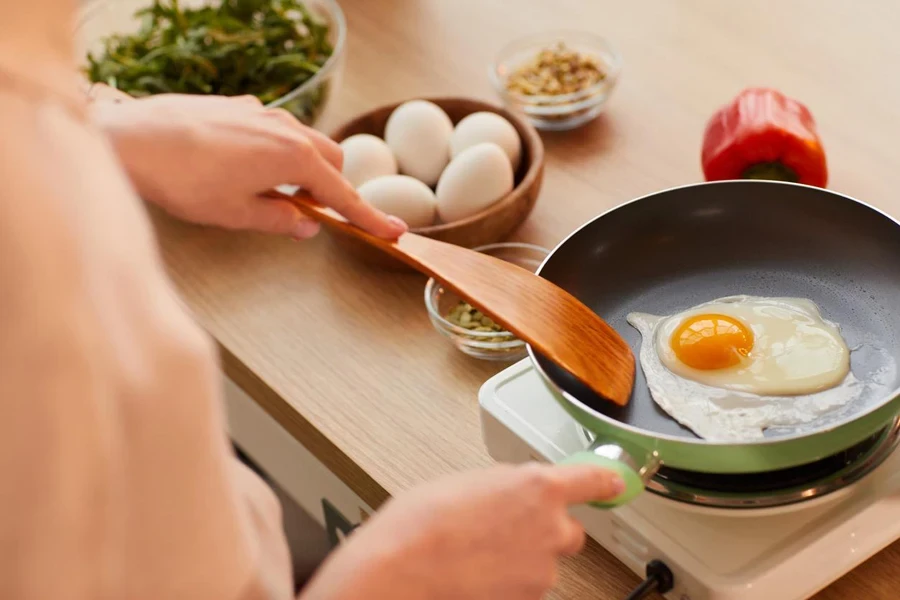
3. Top-sellers driving market trends
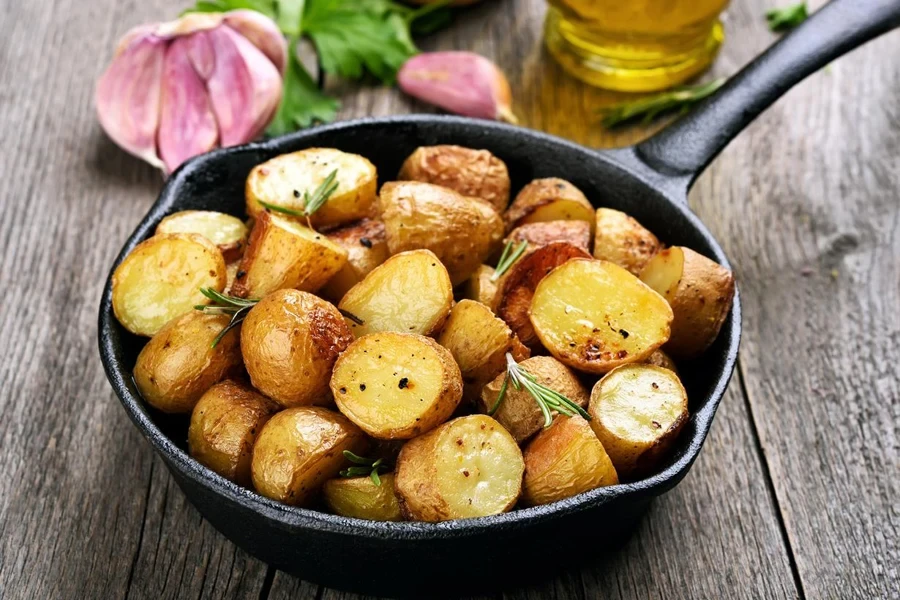
The frying pan market in 2024 is characterized by a few standout brands and products that are shaping consumer preferences and trends. A prominent name leading the market is All-Clad with its Stainless Steel Fry Pan. Renowned for its triple-ply construction, this pan is acclaimed for its even heat distribution and durability. It caters to a wide range of cooking styles, from searing steaks to sautéing vegetables, making it a versatile choice for both home cooks and professional chefs. Its compatibility with all cooktops, including induction and oven-safe quality up to 600 degrees further enhances its appeal.
Another top-seller in the nonstick category is the GreenPan, highlighted for its innovative ceramic nonstick coating. The GreenPan stands out for being free from potentially harmful chemicals like PFOAs, leading the way in health-conscious cookware. Its lightweight design and effective heat distribution are praised by consumers, who also appreciate its scratch-resistant surface. The brand’s commitment to eco-friendly manufacturing processes has resonated with environmentally conscious buyers, further bolstering its market position.
For those seeking a blend of traditional and modern, Lodge’s Cast-Iron Skillet remains a top choice. Revered for its heat retention and versatility, the skillet is equally adept at frying, searing, and even baking. The pre-seasoned pan appeals to consumers for its readiness to use right out of the box and its durability, often being passed down through generations.

In the realm of innovation, HexClad’s Hybrid Nonstick Frying Pan emerges as a formidable contender. It is highlighted that its unique laser-etched design combines the benefits of stainless steel and nonstick surfaces. This pan is a favorite among consumers for its versatility, scratch resistance, and compatibility with metal utensils, offering a blend of durability and ease of use.
Consumer reviews and feedback for these top-selling pans emphasize several key factors driving their popularity. The ease of cleaning, the ability to cook with less oil, and the pans’ adaptability to various cooking methods are consistently praised. Additionally, the durability and warranty offered by these brands instill confidence in buyers, ensuring these pans are not just a purchase but an investment in their culinary endeavors.
These top sellers, with their unique features and user-centric designs, are not just responding to current market trends but actively shaping them. They reflect a growing emphasis on quality, versatility, health, and environmental sustainability in the cookware industry, attributes that are increasingly valued by modern consumers.
Conclusion
The frying pan market in 2024 is a vibrant landscape of innovation and consumer-focused design. The popularity of these products, driven by consumer reviews and feedback, underscores a demand for quality, versatility, and responsible manufacturing in the cookware industry. Looking ahead, the implications of these trends are significant for both consumers and the industry. For consumers, the availability of such high-quality cookware means a more enjoyable, efficient, and health-conscious cooking experience. For the industry, the shift towards innovative materials and environmentally friendly practices presents both a challenge and an opportunity to redefine the standards of kitchenware. As these trends continue to unfold, they promise to shape the future of cooking, making it an even more integral and enjoyable part of daily life.


